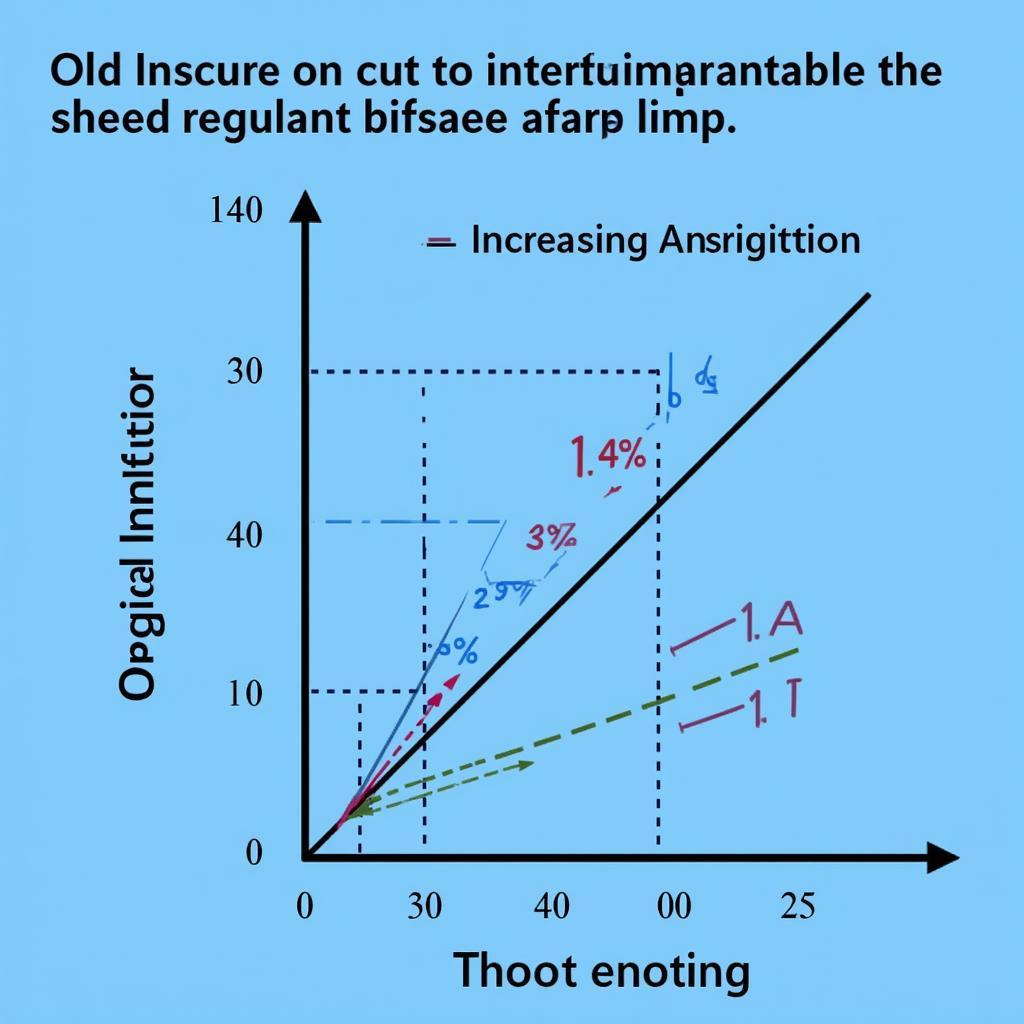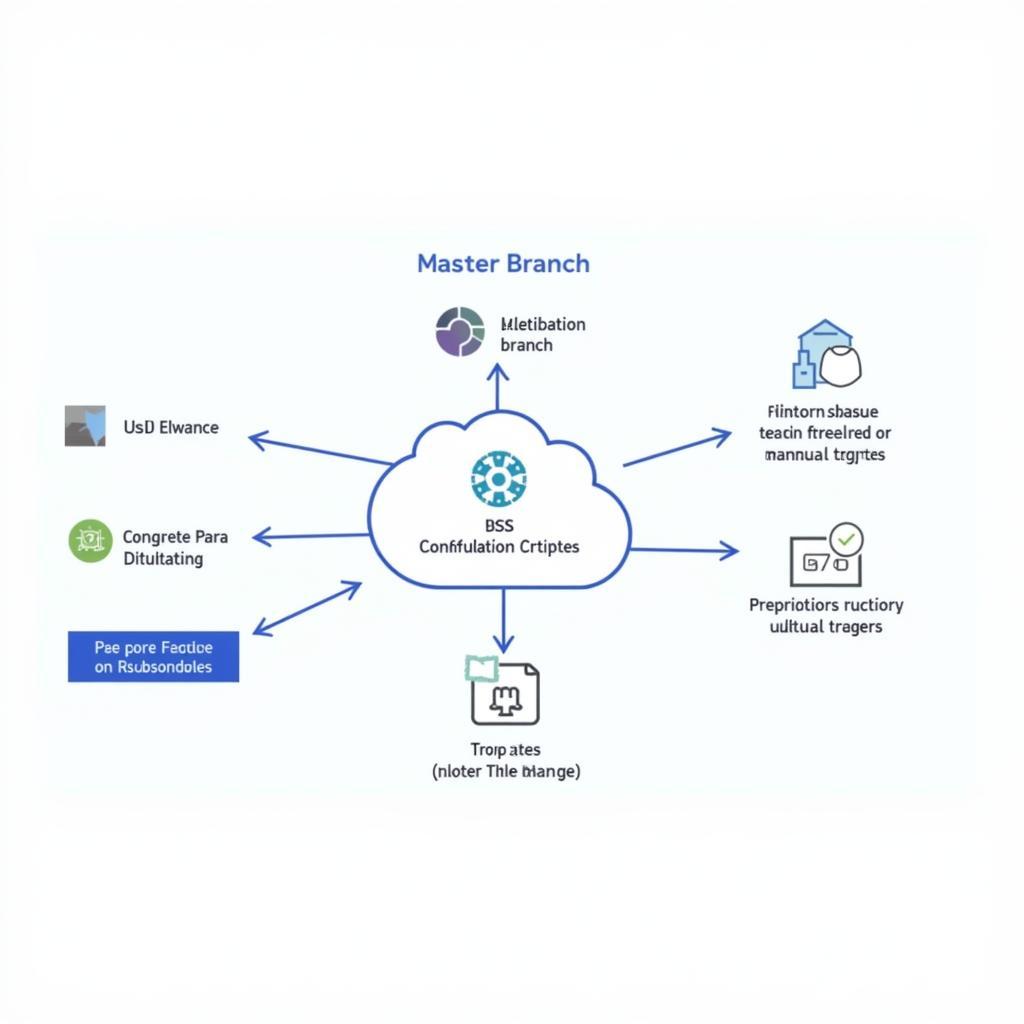Ase Amplitude refers to the strength or intensity of amplified spontaneous emission (ASE), a phenomenon occurring in optical amplifiers. This aspect is crucial in various optical applications and understanding its implications is essential for optimizing performance. Let’s delve deeper into the intricacies of ASE amplitude and its significance in the world of optics.
What is ASE Amplitude and Why Does it Matter?
ASE amplitude is a critical parameter in optical systems, influencing signal quality and overall performance. It represents the power level of the ASE noise generated within an optical amplifier. High ASE amplitude can degrade the signal-to-noise ratio, limiting the transmission distance and ultimately affecting the performance of optical communication systems. Conversely, a low ASE amplitude contributes to a cleaner signal, enabling longer transmission distances and improved system performance.
ASE, essentially noise in optical amplifiers, is generated by spontaneous emission of photons within the gain medium. These photons are then amplified along with the signal, contributing to the overall output power. The amplitude of this noise floor is directly related to factors such as the amplifier’s gain, bandwidth, and operating temperature.
Factors Influencing ASE Amplitude
Several factors play a significant role in determining the ASE amplitude in an optical amplifier. Understanding these factors is crucial for managing and optimizing the performance of optical systems.
- Gain: Higher gain levels can lead to increased ASE amplitude, as the amplification process also amplifies the spontaneous emissions.
- Bandwidth: A wider bandwidth allows for more spontaneous emissions to be amplified, resulting in higher ASE amplitude.
- Temperature: Operating temperature also affects the ASE amplitude. Higher temperatures typically lead to increased spontaneous emission and, consequently, higher ASE amplitude.
- Fiber Length: In fiber amplifiers, the length of the fiber can influence the ASE amplitude, with longer fibers generally contributing to higher levels.
Measuring and Controlling ASE Amplitude
Accurate measurement of ASE amplitude is crucial for assessing the performance of optical amplifiers and systems. Several techniques exist for measuring ASE, including using an optical spectrum analyzer (OSA) to analyze the power spectral density of the output signal. This allows for the separation and quantification of the ASE noise from the desired signal.
Controlling ASE amplitude involves careful management of the factors influencing it. Techniques such as optimizing the amplifier’s gain, employing optical filters to narrow the bandwidth, and maintaining stable operating temperatures can help mitigate the impact of ASE noise.
The Impact of ASE Amplitude on Optical Systems
The presence of ASE noise can significantly affect the performance of various optical systems. In optical communication systems, high ASE amplitude can degrade the signal-to-noise ratio, leading to increased bit error rates and reduced transmission distances. In sensing applications, ASE noise can limit the sensitivity and accuracy of measurements.
 Impact of ASE Amplitude on Optical Systems
Impact of ASE Amplitude on Optical Systems
ASE Amplitude and Future Technologies
As optical technologies continue to advance, understanding and managing ASE amplitude becomes increasingly important. In high-speed optical communication systems and emerging technologies like quantum communication, minimizing ASE noise is critical for achieving optimal performance. Researchers are actively exploring novel techniques for suppressing ASE and improving the signal quality in these advanced systems.
Minimizing ASE Noise in Optical Amplifiers
Several strategies can be employed to minimize ASE noise in optical amplifiers, including:
- Optimized Amplifier Design: Careful design of the amplifier itself can minimize the generation of spontaneous emissions.
- Filtering: Optical filters can be used to selectively remove ASE noise while preserving the desired signal.
- Gain Control: Controlling the amplifier’s gain can help manage the amplification of spontaneous emissions.
 ASE Noise Minimization Techniques
ASE Noise Minimization Techniques
Conclusion
ASE amplitude is a crucial parameter in optical systems, impacting signal quality and overall performance. Understanding the factors influencing ASE and implementing appropriate control measures are essential for optimizing optical system performance. As optical technologies continue to evolve, managing ASE amplitude will remain a key focus for ensuring optimal performance in future applications. Remember, minimizing ASE noise is crucial for maximizing the potential of optical technologies.
FAQ
- What is the primary cause of ASE in optical amplifiers? Spontaneous emission of photons within the gain medium.
- How does ASE amplitude affect signal quality? High ASE amplitude degrades the signal-to-noise ratio.
- What is the role of optical filters in controlling ASE? They selectively remove ASE noise.
- How does temperature impact ASE amplitude? Higher temperatures increase ASE amplitude.
- Why is minimizing ASE important in future optical technologies? It’s critical for achieving optimal performance in advanced systems.
- How can I measure ASE amplitude? Use an optical spectrum analyzer (OSA).
- What is the relationship between gain and ASE amplitude? Higher gain leads to increased ASE amplitude.
Need Further Assistance?
For any further inquiries regarding ASE amplitude or other optical technology questions, please don’t hesitate to contact us.
Contact Information:
Phone: 0369020373
Email: aseanmediadirectory@gmail.com
Address: Thon Ngoc Lien, Hiep Hoa, Bac Giang, Vietnam.
We have a 24/7 customer support team ready to assist you.

